Some stories cling to the edge of evidence – half science, half smoke. Five ancient technologies sit there still, stubbornly resisting full modern replication. We can mimic the outcomes, sometimes even surpass them with new materials, yet the original recipes, rhythms, and tacit techniques remain partly invisible. That gap matters, not because the ancients were magical, but because knowledge is more than ingredients; it’s timing, context, and culture. Here’s where the trail gets hot, then suddenly goes cold – and why that tension is pushing researchers to rethink how we learn from the deep past.
Greek Fire: The Sea‑Borne Flame We Still Can’t Bottle
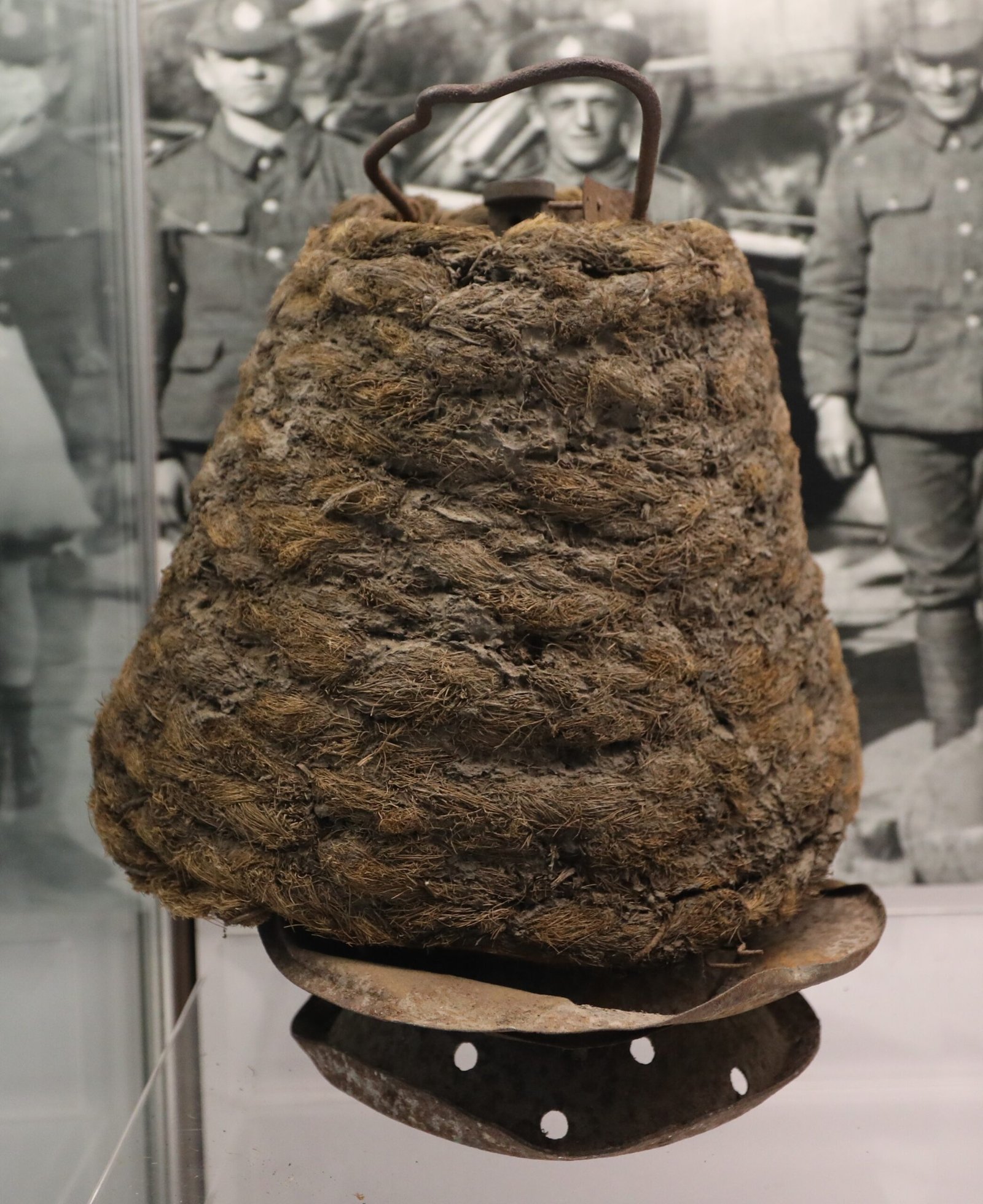
Imagine a weapon that blossomed across waves and didn’t go out in water. Byzantine crews reportedly blasted Greek fire from siphons, turning naval battles into moving furnaces and terrifying rivals who couldn’t smother the flames. The empire guarded the recipe so fiercely that only fragments survived – clues pointing to petroleum, resins, and perhaps quicklime or sulfur. Modern chemists can brew mixtures that look and burn similarly, even stick to hulls, yet the precise composition, storage method, and pressurized delivery system remain unsettled. What we lack is the repeatable, field‑tested package the Byzantines relied on in real combat.
That uncertainty is a reminder that a technology is not just a list of ingredients but a choreography: sourcing, processing, temperature windows, vessel types, and trained operators. Swap a resin, change a clay vessel, or miss a temperature by a little, and performance veers off course. Naval conditions amplify those errors, because a formula that behaves in a calm lab can fail spectacularly at sea. Until a single recipe, container, and projector reliably match historical accounts under realistic conditions, Greek fire stays just out of reach.
Damascus Steel: The Blade with a Vanishing Recipe
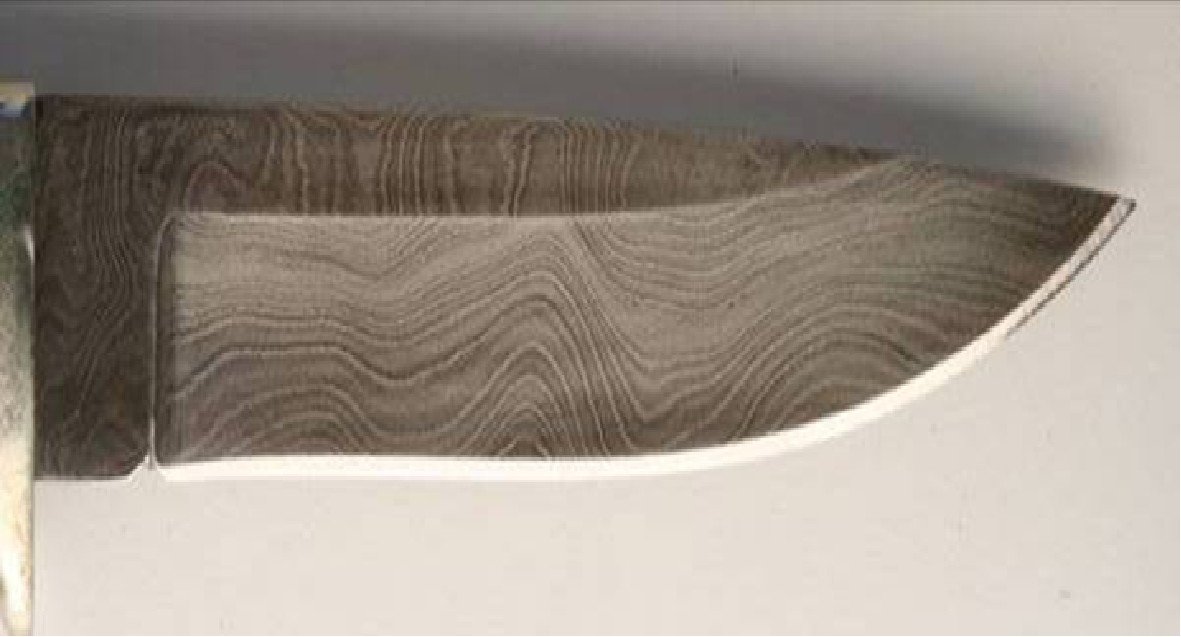
The term Damascus steel conjures rippling, water‑like patterns and blades that held an edge through brutal work. Behind that mystique stood crucible “wootz” steel, likely smelted from specific ores and cooled through painstaking cycles that seeded complex microstructures. Smiths today can make gorgeous patterned steel and superb cutting tools, sometimes rivaling ancient performance, but the original, reproducible pathway from ore to ingot to blade remains murky. Small impurities and trace elements – vanadium, tungsten, or others depending on the ore – may have nudged the steel toward those hallmark structures. Without the exact supply chains and tacit knowledge, results drift.
When I watched a bladesmith try to nurse a wootz ingot into a sword, it looked more like music than metallurgy – tiny adjustments by feel, a dance with the forge. That kind of muscle memory resists clean documentation, especially after the historical furnaces went dark. Researchers continue to reverse‑engineer microstructures with electron microscopes and thermal models, but consistency is the missing prize. Until the route works predictably across batches, the old Damascus remains not quite reclaimed.
The Antikythera Mechanism: A Bronze Computer with Missing Code

Fished from a shipwreck off a Greek island, the Antikythera mechanism shattered our assumptions about ancient engineering. Dozens of precision‑cut gears once modeled the cosmos, predicting eclipses and tracking celestial cycles inside a wooden case not much bigger than a shoebox. High‑resolution imaging has revealed inscriptions and gear trains, and modern teams have built plausible reconstructions that run beautifully. Still, gaps linger in the blueprint: missing fragments, ambiguous tooth counts, and debates over how the front dials mapped planetary motions. We can build something that works, but whether it works exactly as the original did is still an open question.
That difference matters. A faithful copy would lock down how Hellenistic astronomers encoded theory into hardware, translating mathematics into metal with breathtaking economy. Every new scan tightens the tolerances, yet the final “code” feels one inscription away from complete. In a sense, we’ve revived the instrument’s melody but not every note, and the score is smudged at the edges.
Zhang Heng’s Seismoscope: Dragons That Heard the Earth
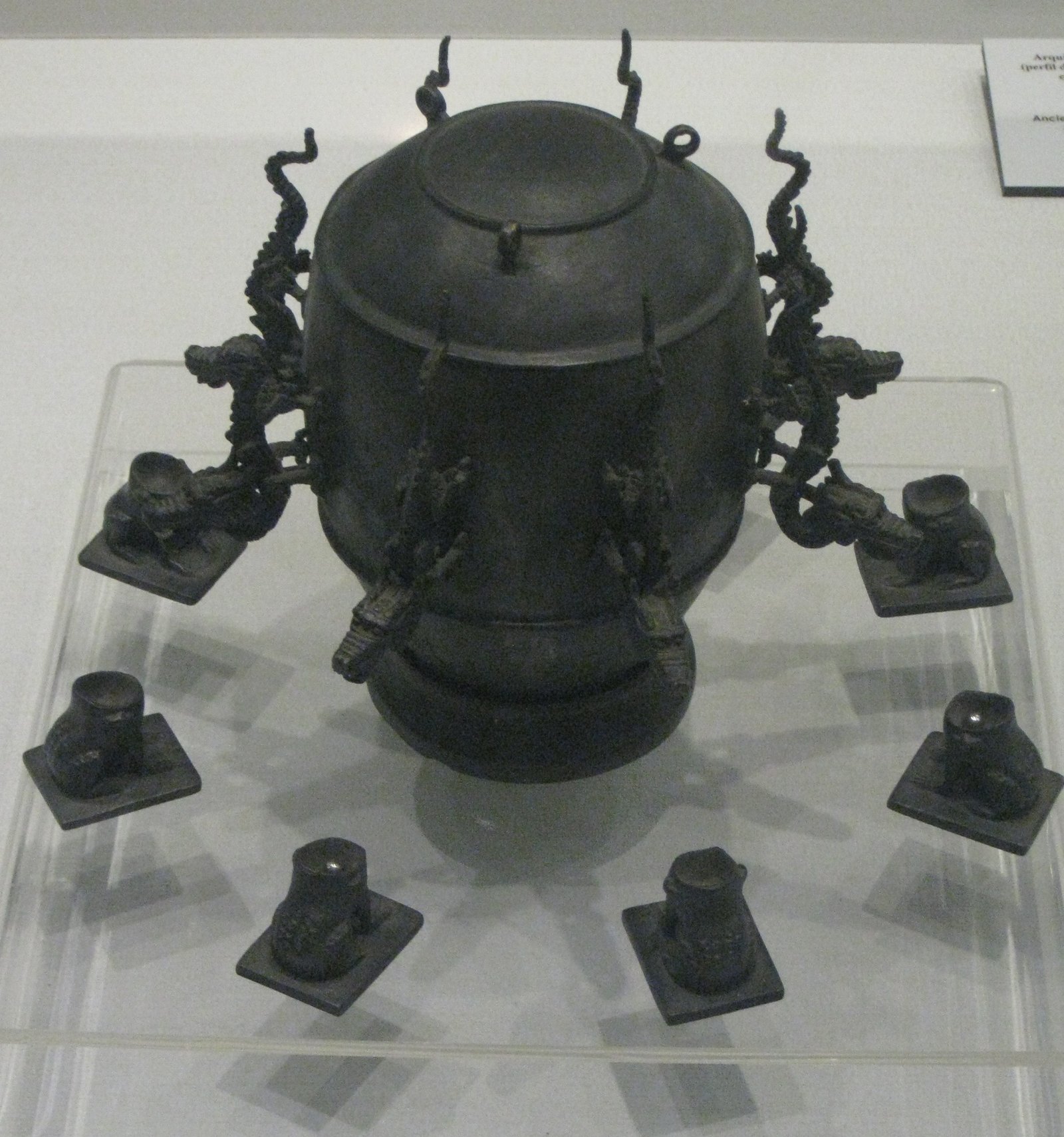
In the year 132, the Chinese polymath Zhang Heng unveiled a bronze vessel ringed by dragon heads that supposedly dropped balls to indicate the direction of distant earthquakes. The claim sounds theatrical, but it’s paired with credible historical records and a long tradition of ingenious mechanical devices. Modern engineers have proposed inner pendulums, levers, and latch systems that could translate subtle ground motions into directional signals. Replicas have worked in demonstrations and even responded to tremors, yet none has won consensus as a definitive match to the original apparatus. We keep getting close, but close isn’t conclusive.
Part of the difficulty lies in tuning sensitivity without false triggers, especially across different soils and building foundations. Another part is reconstructing artisanal tolerances – fit, finish, lubrication – that drive reliability in a device with no electronics to filter noise. Until a replica consistently reproduces historical performance under varied conditions, this early earthquake instrument remains a brilliant, partially solved riddle.
Inca Stoneworks: Fitted Like a Puzzle, Built at Mountain Scale
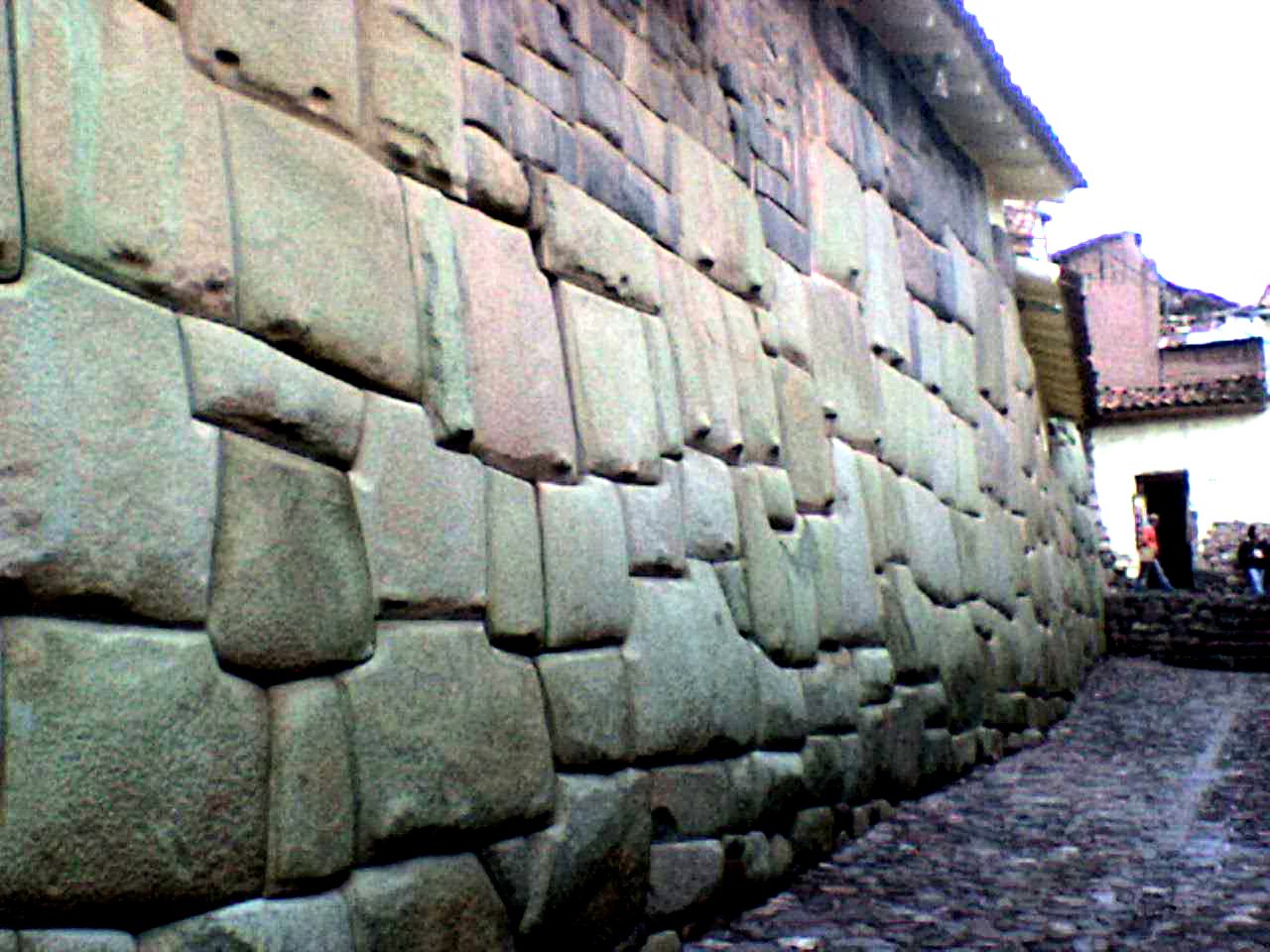
Walk the Inca walls in Cusco or the terraces above the Sacred Valley and the blocks seem to whisper: no mortar, barely a blade of grass between them, and yet they shrug off quakes. Experimental archaeology has shown how hammerstones, sand abrasion, ramps, and teamwork can achieve astonishing precision. But scaling that craft to city‑sized projects, at altitude, with Bronze Age tools and tight schedules, still stretches modern replication. The logistics – quarry choices, seasonal labor rhythms, route planning, and quality control across hundreds of crews – comprise a management technology as impressive as the masonry itself. We can copy segments; the full production system keeps its secrets.
Earthquake resilience adds another layer. Interlocking stones dissipate energy through countless contact surfaces like a giant 3‑D jigsaw that flexes without failing. Rebuilding that behavior across an entire urban landscape, using only historically accurate methods, remains a rare, incomplete experiment. Until a modern team replicates both the craft and the throughput, the Inca way stays a moving target rather than a finished manual.
Why It Matters
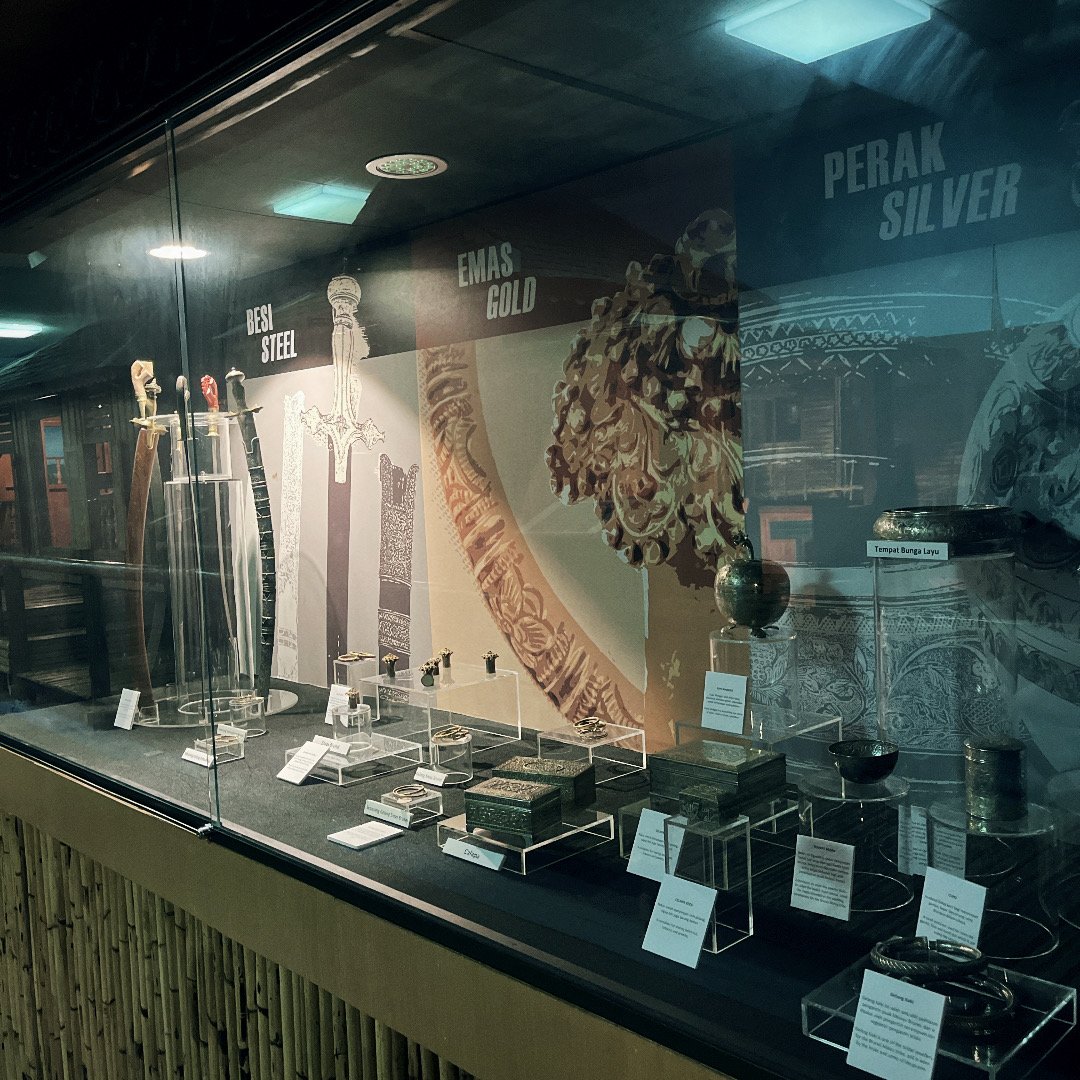
If these technologies tempt us, it’s because they poke at the limits of what counts as knowledge. Lab formulas and digital models are powerful, but they often miss tacit skills learned by apprenticeship or tuned to local materials. The stakes are practical as well as philosophical: naval safety, seismic early warning, resilient construction, and advanced alloys all live inside these case studies. In a warming world, the ability to build durable, repairable systems with modest energy inputs isn’t a quaint curiosity; it’s a survival skill. Put simply, each unsolved fragment is a lever we haven’t yet pulled for today’s problems.
There’s also humility in the mix. When we find ourselves circling lost methods, we remember that progress is not a straight arrow but a braided river – channels split, rejoin, and sometimes vanish underground. Treating ancient know‑how as a partner rather than a prop changes the research questions we ask and the collaborations we form. That shift opens doors to craftspeople, Indigenous expertise, and field experiments that textbooks can’t supply.
The Future Landscape
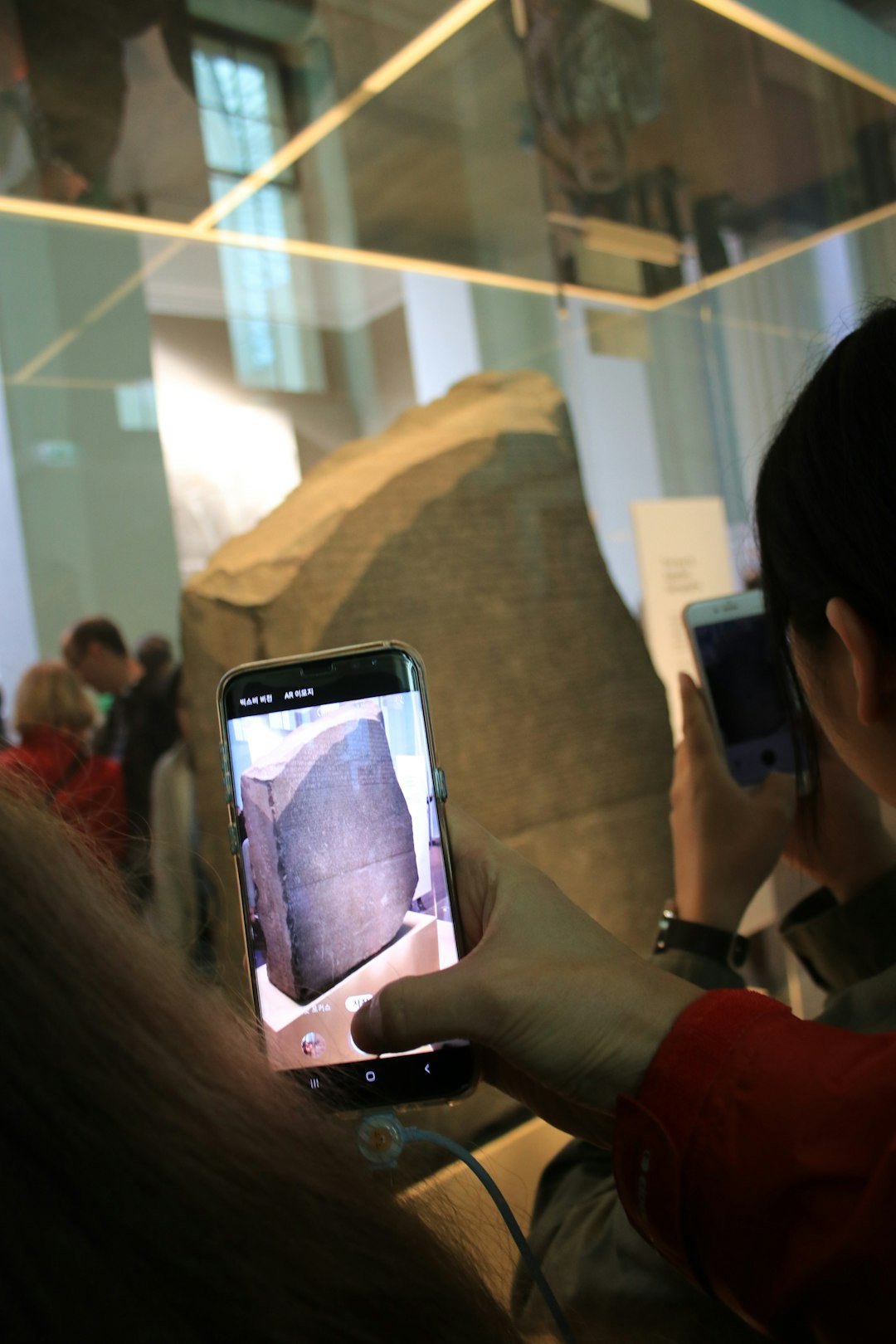
New tools are closing the gaps. Non‑destructive imaging peels back corrosion on bronze gears; micro‑CT and synchrotron scans read scripts hidden in metal like a palimpsest. Materials science is mapping the pathways from ore impurities to microstructures, guiding furnace reconstructions with real‑time thermal feedback. Robotics and haptics can record skilled motions – hammer strikes, quench timings, even how a smith turns the wrist – so tacit steps become measurable. And AI pattern recognition is already sifting historical reports to flag consistent details we’ve overlooked.
Yet the hard parts aren’t purely technical. We need controlled, multi‑season field trials that simulate authentic conditions – salt spray, earthquake shaking, mountain cold – and open data so results can be reproduced beyond one lab or workshop. Partnerships with descendant communities will keep experiments ethically grounded and historically respectful. If that sounds slower than a viral headline, it is, but slowness is a feature when the goal is durable knowledge, not a one‑off stunt.
Conclusion
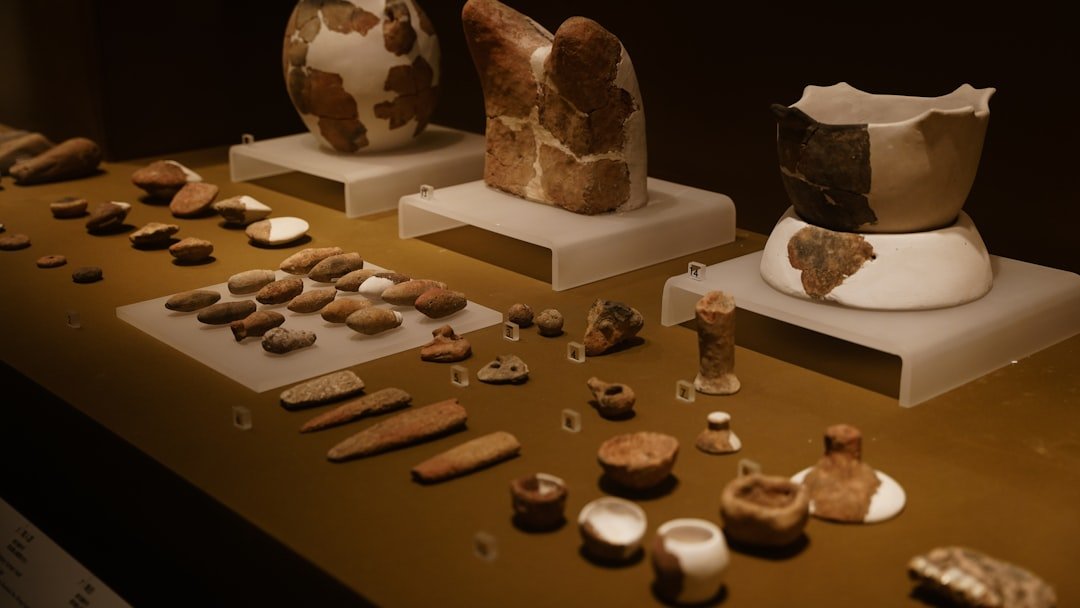
Curiosity is fuel – use it well. Support museums and local heritage sites that run live experiments and share results; those ticket stubs keep hands‑on science alive. Volunteer with community archaeology or citizen‑science projects that document materials, tool marks, and quarry routes before erosion and development erase them. When you see sweeping claims about miracle ancient tech, ask for methods, not just outcomes; healthy skepticism protects real discoveries from hype. And if you’re a maker, try a historical reconstruction yourself and publish your failures alongside successes – today’s dead end might be tomorrow’s missing step.
We’re not chasing magic; we’re chasing memory stored in matter, motion, and place. The cliff edge between almost and exactly is where breakthroughs usually happen. The next one could come from a lab, a forge, or a windswept terrace high in the Andes. Which door would you try first?

Suhail Ahmed is a passionate digital professional and nature enthusiast with over 8 years of experience in content strategy, SEO, web development, and digital operations. Alongside his freelance journey, Suhail actively contributes to nature and wildlife platforms like Discover Wildlife, where he channels his curiosity for the planet into engaging, educational storytelling.
With a strong background in managing digital ecosystems — from ecommerce stores and WordPress websites to social media and automation — Suhail merges technical precision with creative insight. His content reflects a rare balance: SEO-friendly yet deeply human, data-informed yet emotionally resonant.
Driven by a love for discovery and storytelling, Suhail believes in using digital platforms to amplify causes that matter — especially those protecting Earth’s biodiversity and inspiring sustainable living. Whether he’s managing online projects or crafting wildlife content, his goal remains the same: to inform, inspire, and leave a positive digital footprint.




